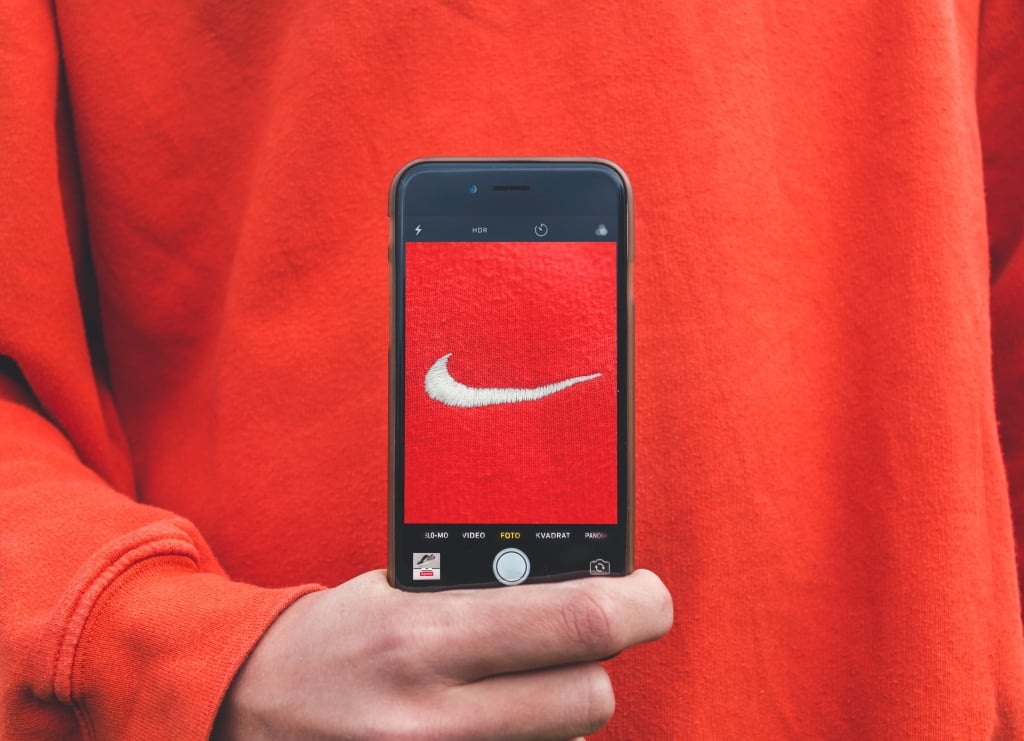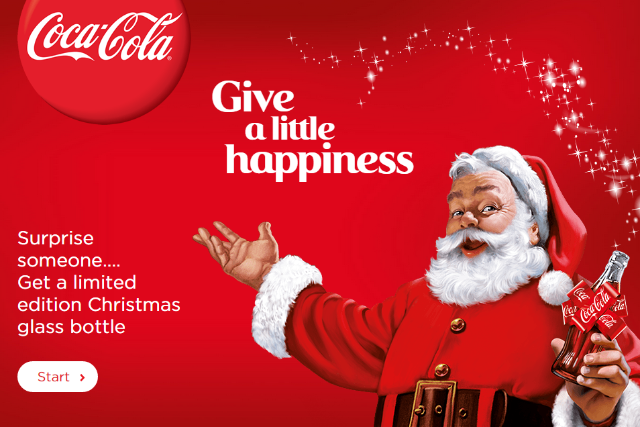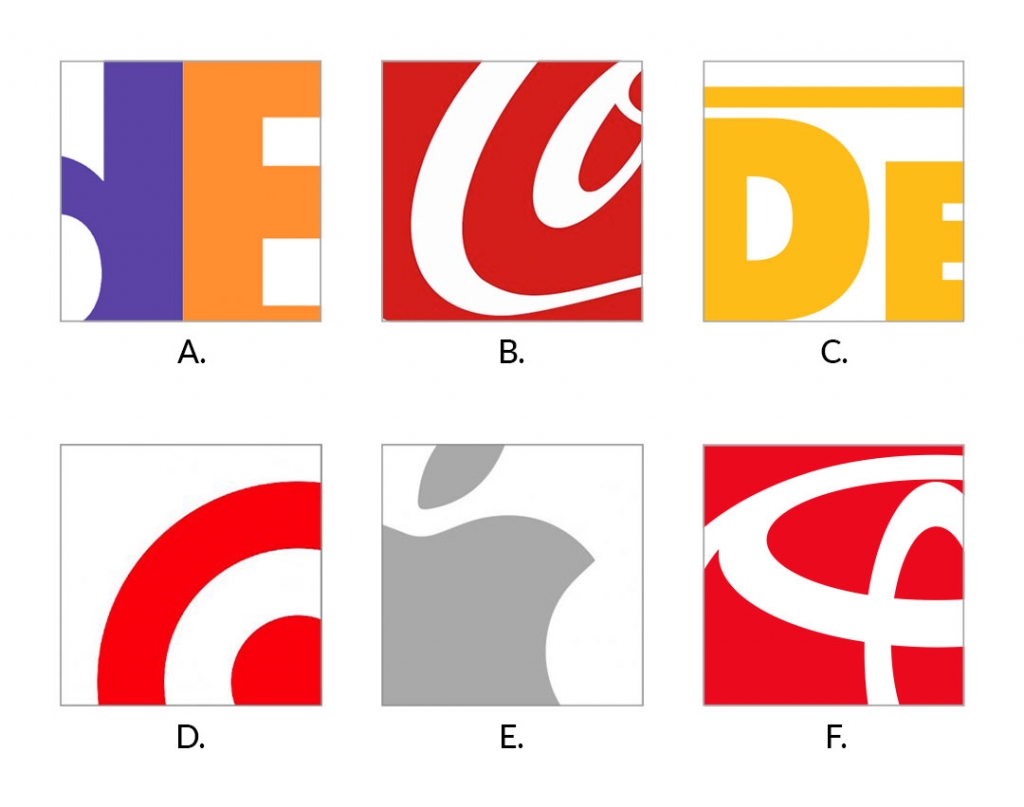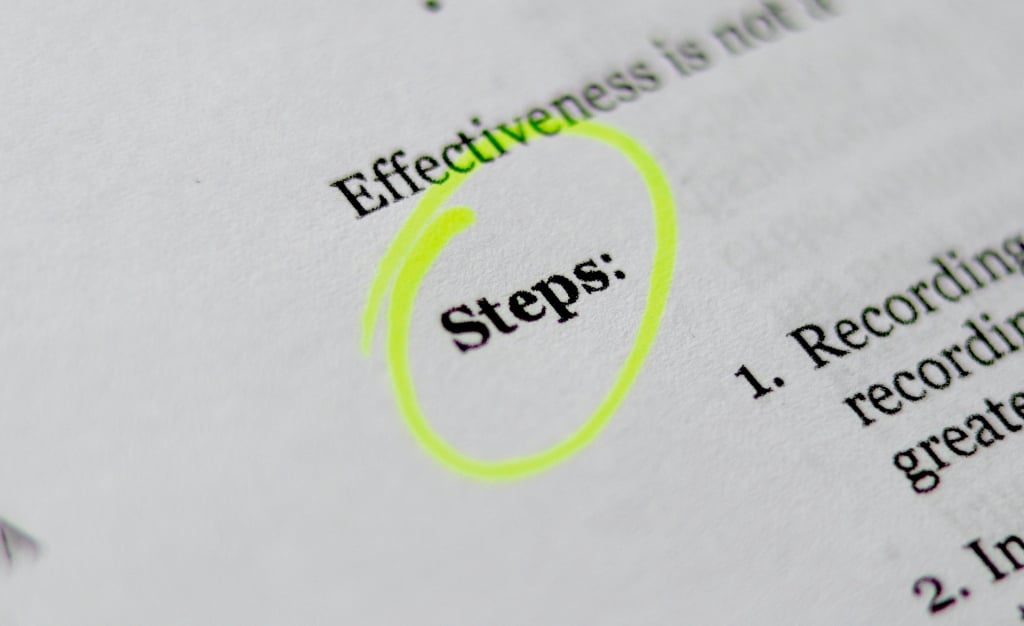Have you ever purchased coffee from Starbucks? Regardless of whether you’re a loyal customer or not, you’re certainly familiar with the brand. And you must have seen a picture or two online of their coffee cups.
Writing the customer’s name on the coffee cup is a signature Starbucks move. And everyone knows about it. That’s branding in action. Without effective brand management, however, the Starbucks brand wouldn’t have stayed in the collective mind for so long.
If brand development sets the stage for your company’s growth, brand management ensures this growth will be persistent.
Are you eager to find out how to manage your brand across all teams? We got you covered. For this article, we set out to discover how you can build and maintain a brand that works in your favor, not against you.
Let’s begin!
What Is Brand Management?
Plant a seed and watch it grow. This saying can help us understand more about the expansion plans of a business..
When building a brand, you plant the seed for your company’s growth. However, for it to develop strong and healthy, you need to water it, change the soil and occasionally trim it. In business terms, you need efficient brand management.
But what is brand management, really?
In marketing, this term refers to how you want your product, service, or brand to be perceived in time. It is about increasing the brand’s value or maintaining its image on the market. Brand management is also about fostering an emotional connection with your customer base.
Overall, it’s an umbrella term that encompasses all the tools and marketing strategies used to maintain, improve, and bring awareness to a brand and its products in the long term.
What Are the Benefits of Successful Brand Management?

Photo by Ryan Ancill on Unsplash
Effective brand management is the reason why we’re all aware of brands such as Nike or Apple. Their business resilience is largely determined by the way they manage their brand.
And it pays off. Here are some of the benefits of strategic brand management:
- Customers will have a positive lasting impression of your brand.
- The brand will stand out among competitors.
- Teams’ productivity and efficiency levels rise.
- Teams will be more aligned.
- Strong organizational culture.
- Excellent financial performance over time.
- Every brand and marketing asset created will be consistent and purposeful.
- You will have a strong brand reputation and image.
- Your brand’s awareness will expand in the marketplace.
- Your customers will be more likely to remain loyal to your company.
Unlocking all these benefits is all about balancing order and variation in your branding. Yin and Yang. Consistency and flexibility.
These are the key ingredients of excellent branding.
Strategic Brand Management: The Basics
Before we start discussing practical tips, let’s explore the main elements that make up brand management.
1. Brand Identity

Photo by Kristian Egelund on Unsplash
The brand’s identity sums up all the elements that give customers a sense of what your business represents. It refers to the consistent messages, content, visuals, and feelings that your business communicates to the target audience.
There are seven elements that make up a brand’s identity:
- Business name
- Company bio
- Logo
- Tagline
- Color palette
- Typography
- Imagery
- Voice
You want your brand to be memorable, and persistent in the public eye. A solid brand identity will bring your brand’s personality to light. Plus, it increases brand awareness and customer loyalty.
2. Brand Loyalty
Customers are bombarded with hundreds of ads on a daily basis. When they are looking to make a purchase, the options are endless.
And you want them to choose your brand. Over and over again.
In other words, you want customers to be loyal to your products and brand. That is brand loyalty: the customer’s commitment to what you provide. You would think that brand loyalty is dead, but it is not exactly so.
In fact, brand loyalty is now more relevant than ever. Surely, cultivating it is also more strenuous than ever before. Customers have endless options at the click of a button. And as a brand, it’s difficult to stand among the growing number of competitors. .
More so, the methods of building commitment that used to work are now futile. Because people crave more than discounts, rewards, or coupons. People want to see the tangible value behind the sale.
The era of being loyal to brands that offer the most competitive prices and products is over. We are now steering our focus on the values and morals of the brands we purchase from. Amid the climate change crisis and social changes, people lean towards businesses with corporate responsibility.
Brands that succeed in fostering trust and loyalty have the upper hand. That’s because loyal customers spread the word to friends and family about a certain brand. More so, they are more inclined to join VIP programs and would even spend more on a product from a brand they admire and stay loyal to. Even when there are cheaper alternatives around.
3. Brand Awareness
 Source
SourceThis is a marketing metric that illustrates how present your brand is in the customer’s mind. Essentially, it measures how recognizable your brand is, while also illustrating what your brand is known for.
Think Coca-Cola. For years and years, they dominated the Christmas marketing landscape with their ads. Through their ads, Coca-Cola fostered feelings of joy, wonder, generosity, and connection. In time, these feelings were associated with Coca-Cola, the brand.
Through this move, they raised their brand awareness.
Truthfully, brand awareness is the first step in the buying process. Customers need to know about your brand before they can trust you with their money. By increasing brand awareness, you find the customer – instead of letting them come to you.
Increasing brand awareness can be done in a variety of ways. For instance, you can start using a branded hashtag on social media channels to achieve a high level of brand awareness. Another way of increasing awareness is through a unique and consistent brand visual identity.
The trick is to pinpoint the suitable strategies for your business goals.
Now, brand awareness encompasses many elements, such as:
4. Brand Recognition
We were talking about Coca-Cola. At this point, you can identify the brand without hearing or seeing its name. That’s brand recognition.
This metric typically refers to the visual elements of a brand. So, things such as a tagline, color scheme, logos, imagery, and graphic design. It does extend to audio elements as well.
Brand recognition indicates how easy it is for audiences to identify your brand without hearing or seeing the brand name. Market research is usually used to assess the effectiveness of marketing campaigns on brand recognition.
How many of these brands can you recognize?
 Source
Source5. Brand Recall
Besides brand recognition, brand recall is another metric used to measure a brand’s awareness. This refers to the ability of the public to recall a brand’s name when asked to think of a category of products.
So, I say burgers. You think of McDonald’s. I say sneakers. Nike comes to mind. I say electric cars. Boom. Tesla. You get the gist.
Generally, brand recall is a better indicator of connection to a brand than brand recognition.
6. Brand Image
Brand image refers to how the target audience perceives your brand, as a result of their interactions with it. Brand positioning, voice, values, and personality are all elements that contribute to a brand’s perception of the public.
It’s an ever-evolving element of branding that needs consistent work. More so, your brand image has to be reliable. Not scattered or erratic.
Here is where brand consistency comes into play. Since there are so many opinions that people can form about your brand if you just post pretty but inconsistent content, it’s important to maintain a consistent brand image.
While consistent interactions with customers are important, quality overrules quantity. 64% of consumers stated that shared values are the main reason why they have a relationship with a brand.
Your values and mission statement need to shine through every piece of content or activity within your business. It shows that you and your team are authentic and that you do as you preach. More so, a commitment to values will attract the right people.
7. Brand Equity
In short, brand equity is the added value that a brand name brings to a certain product. Have you ever noticed that you are more willing to buy a product from a reputable brand, even when cheaper alternatives exist?
Well, brand equity is one of the reasons why you would rather splurge.
In his book, “Managing Brand Equity”, David Aacker, defines brand equity as:
“A set of assets or liabilities in the form of brand visibility, brand associations and customer loyalty that add or subtract from the value of a current or potential product or service driven by the brand.”
So, brand equity is a multi-dimensional concept, encompassing everything from brand awareness and perceived quality to brand association and loyalty.
8. Brand Reputation
Brand reputation is something that takes decades to gain ground. Yet it can vanish in the blink of an eye.
Especially nowadays, since any event can be instantly shared with the global audience on social media channels.
As I was writing this, a famous example from back in the 90s came to mind. In 1992, Stella Liebeck bought a cup of coffee from McDonald’s. After spilling it on her lap, she suffered third-degree burns.
McDonald’s admitted to being aware of the risks that clients are exposed to due to the high temperature of its coffee. However, they did not take any action. This threatened the brand’s reputation.
Admittedly, they did manage to rebuild public trust on this specific issue. Other issues, such as the quality of the food, remain under close scrutiny though..
Obviously, prevention is better than intervention when it comes to these events. That’s why reputational risk management should be at the top of your list of priorities.
How to Manage Your Brand Across Teams: 8 Simple Tips

Photo by Alexander Shatov on Unsplash
77% of marketing specialists believe that branding is the backbone of company success. A memorable and consistent brand is the company’s biggest asset, believe it or not.
Branding a business has never been a breeze. If back in the day it was a bit less challenging, now it’s one of the toughest processes to work on.
Being consistent across multiple mediums – both online and offline AND across all teams within a company – is definitely an arduous journey for brand managers.
But it’s well worth it.
And it all starts with a successful brand management strategy. If you want to find out how to manage your brand, read further.
1. Get a Clear Understanding of Your Brand
Developing a brand management process starts with understanding exactly “who” your brand is. Getting a clear idea of your brand’s positioning, values and goals will set the stage for your next move.
It is of the utmost importance that you take this process seriously and take some time to clarify all these aspects.
Diligence is key.
If you end up with a poor idea of your brand, the whole process crumbles before your eyes. It’s like you are trying to reach Los Angeles, but you drive on the road leading you to New York.
Let’s take brand values, for instance. These communicate what your brand stands for. And they set the stage for your company culture and brand elements.
Clarity about values will ensure that you automatically attract the right customers. More so, it facilitates the attraction of top talent to your company and makes up for an efficient decision-making process.
2. Set Up a Single Source of Truth for the Entire Company
As brand assets pile up and teams expand, it becomes impossible to handle all the data without dedicated software.
Luckily, asset management software is widely available nowadays. This is one of those smart investments that you won’t regret.
These platforms make collaboration between team members feel like a breeze. Why? Because you can easily access any marketing asset you might need. Plus, with so many employees working remotely, it’s the perfect solution for increasing productivity in distributed teams.
If brand consistency is at the top of your list of priorities, you should certainly invest in one of these tools. It will make your life easier, for sure.
| Are you ready to boost your brand management strategy? Try out Xara Cloud for free! |
3. Make Sure That Brand Assets Can Be Easily Reviewed

Photo by Peter Rerko on Unsplash
Mistakes are part of being human. Nevertheless, you cannot afford to make too many mistakes when it comes to branding.
A single error could cost you everything you have built for your business so far.
One way to reduce the risk of publishing outdated or misaligned content or confidential information is to invest in a visual communication platform or digital asset management system. This will enable selected users to review, give feedback, and approve content.
These platforms also allow you to create a series of on-brand templates, for further use by the sales and marketing teams.
A review and approval process will guarantee brand consistency and compliance with all the regulatory requirements you have in place.
4. Analyze Where Your Brand Stands
Before you start strategizing, it’s imperative to know exactly where your company stands. Is your actual branding aligned with how you want your brand to be perceived?
It may seem that big companies work their fingers to the bone at the beginning, only to relax once their brand is well established.
False.
Reputable companies stay that way because they perform regular health checks on their brand and work hard every step of the way.
One way to perform a health check is to conduct a brand audit. This evaluation will illustrate your brand position in the marketplace, its strengths and weaknesses, while also revealing how you could manage your brand better.
A brand audit should cover certain areas:
✔ Elements of internal branding, such as mission, company values, and brand values.
✔ Elements of external branding, which include everything from brand logo and color palettes to digital and print marketing materials.
✔ Customer experiences, such as customer support or the sales process.
There are two ways to approach this. Employ a marketing agency to handle your brand audit or do it yourself. If you are going the DIY route, use these steps to guide the process:
- Create a framework, so you know what you are measuring.
- Conduct market research.
- Review your marketing materials and brand assets to see whether they are consistent and if they successfully target your audience.
- Review your website and social media analytics.
- Survey your employees.
- Analyze your competitors.
After the results are in, assess them, and see how you can improve your branding.
5. Create Brand Guidelines to Ensure Consistency and Productivity Across Teams

Photo by Clayton Robbins on Unsplash
Managing a brand means keeping track of all its assets. And there are plenty of them.
If you want to maintain a consistent and appealing brand across all teams and social media channels, this is a must-have to have in your toolkit: the brand style guide.
A brand style guide ensures that all parties involved in the branding process — from marketers, graphic designers, and developers to freelancers or stakeholders — are on the same page when it comes to branding.
You can think of it as a manual on how to use all the branding elements at your disposal. It comes in handy, especially when you produce a lot of content regularly.
What should it include though?
- Brand’s purpose, values, and mission.
- Brand’s verbal identity, which includes elements such as tone of voice, slogan, messaging, and value proposition.
- Visual aspects of a brand, such as colors, logos, fonts, etc.
A style guide is part of your brand asset management strategy. Overall, a brand guideline guarantees consistent branding in all departments and smooths out the workflow, thus increasing productivity in your company.
6. Study the Target Audience and Create a Buyer Persona
You could have the most talented content creators on your team. The most impressive illustrations and visuals. If your brand isn’t aligned with your target audience, none of that matters.
A big part of brand management consists of finding out more about the people who are interested in your products or those who have previously purchased from you.
Conducting target audience research ensures that your marketing efforts are targeted correctly.
Make sure to share your insights and reports within your company, so that everyone is on the same page.
7. Don’t Forget To Create a Brand Reputation Management Strategy
We discussed the fragility of brand reputation in a previous section of this article. To maintain a favorable reputation, a clear strategy needs to be developed.
Nowadays, it’s easy to review any product or service online. Customers can simply access a dedicated platform and write down their thoughts and feelings about your product, be they positive or negative. Listening to social media and tracking feedback should be sufficient to monitor your reputation.
Since customers always check out reviews before making a purchase, it would be wise to devise a strategy for generating reviews across platforms.
Don’t let your brand reputation slip through your fingers. It could result in irreversible damage to your business.
8. Create a Roadmap and Distribute It to All Teams

Photo by Jaromír Kavan on Unsplash
Once you have everything set up, it’s the perfect moment to craft a written brand management strategy. This should be accessible to all teams involved in the process, and it should include:
- The latest brand audit and specific goals for the next period of time
- The brand style guide
- A comprehensive summary of your target audience and buyer personas
- The distribution channels you plan on using for branding
- The reputation risk management plan
- A guide on procedures and strategies for asset management and creation
Successful Brand Management with a Visual Communication Platform
Even when you have created all your brand assets and mapped out a strategy, you still need to hold all that information in one single location.
That’s where a visual communication platform comes in handy. Not only does it allow you to store all the brand assets and marketing materials in one cloud, but you can also create stunning visual content with ease.
Just hear out the features of this software:
- Create a single source of truth for your entire company
- Decide who has access to what
- Give feedback and approve material from anywhere in the world
- Distribute content to social media channels
- Distribute content to collaborators or partners
With a visual communication platform, brand consistency won’t be an issue anymore. Its ease of use and integrations will enhance your productivity and skyrocket your brand.
Are you ready to boost your brand management process? Give Xara Cloud a try. For free. Xara Cloud was developed with branding in mind. Because brand management shouldn’t be a solo endeavor.
Sign up today for a free trial



 No credit card or phone number required.
No credit card or phone number required.